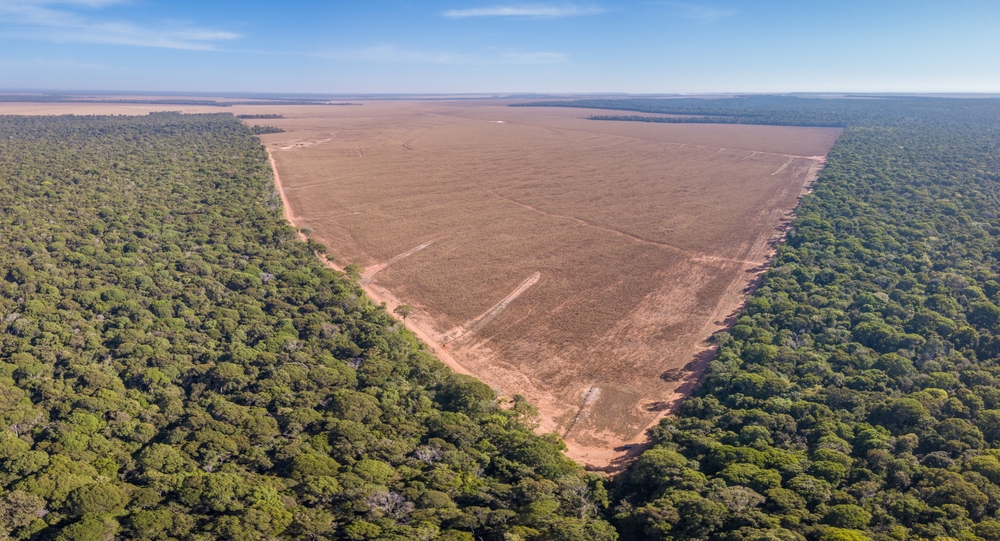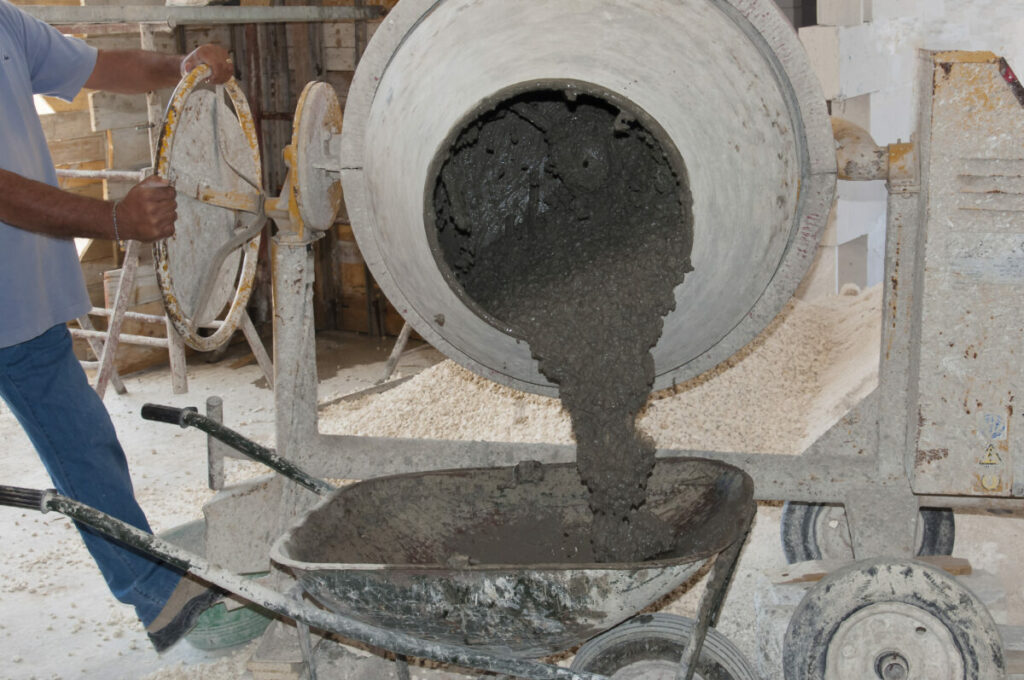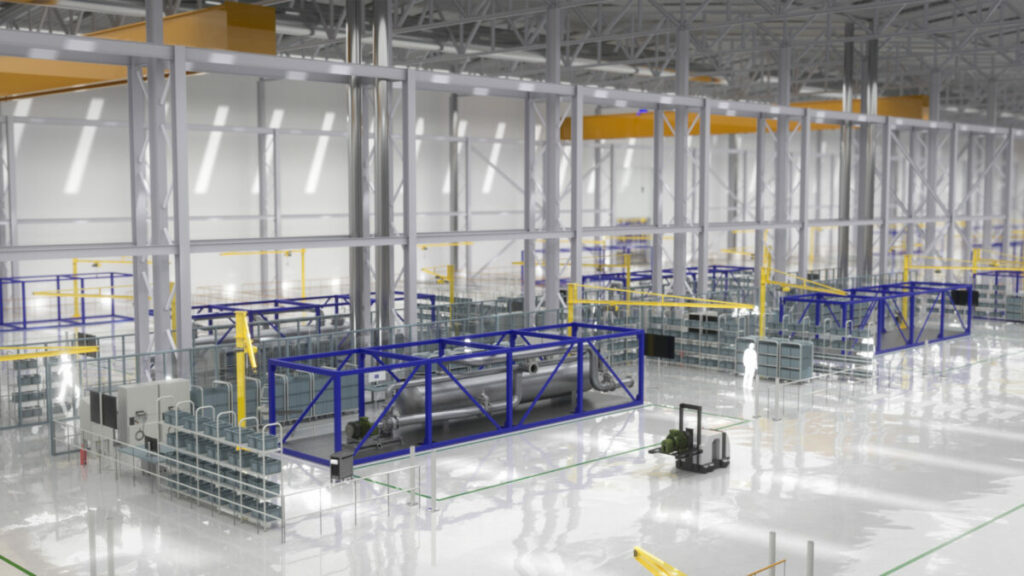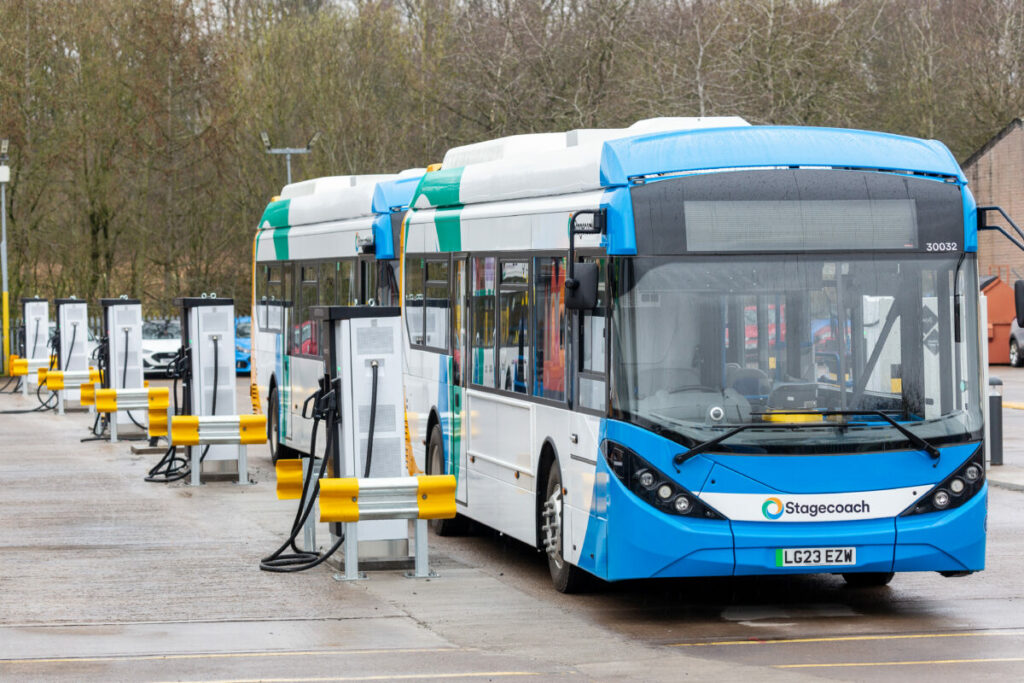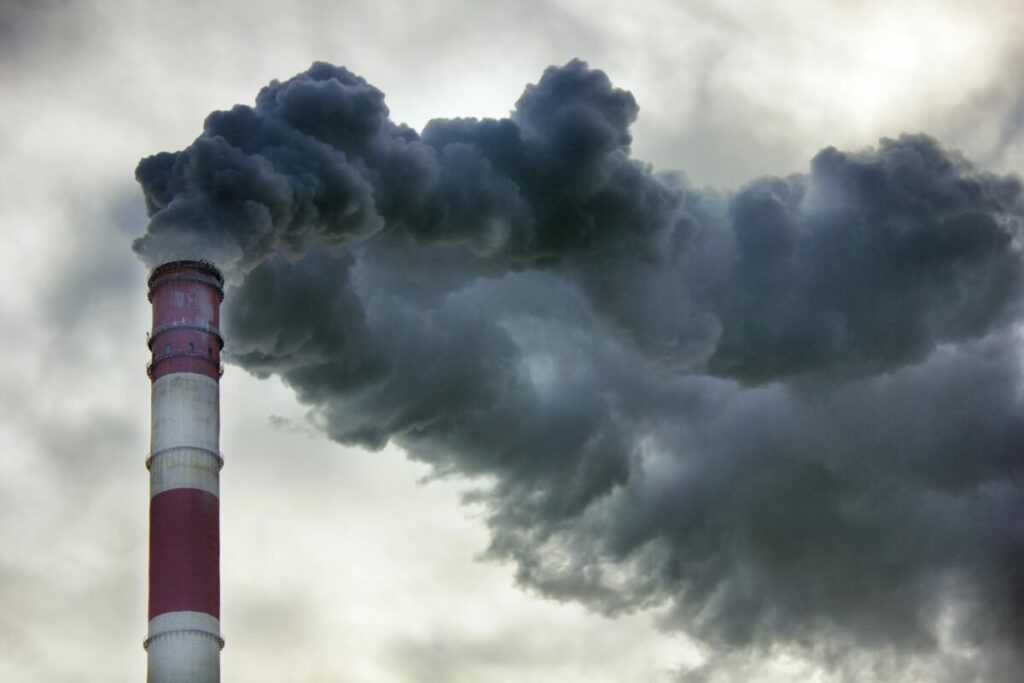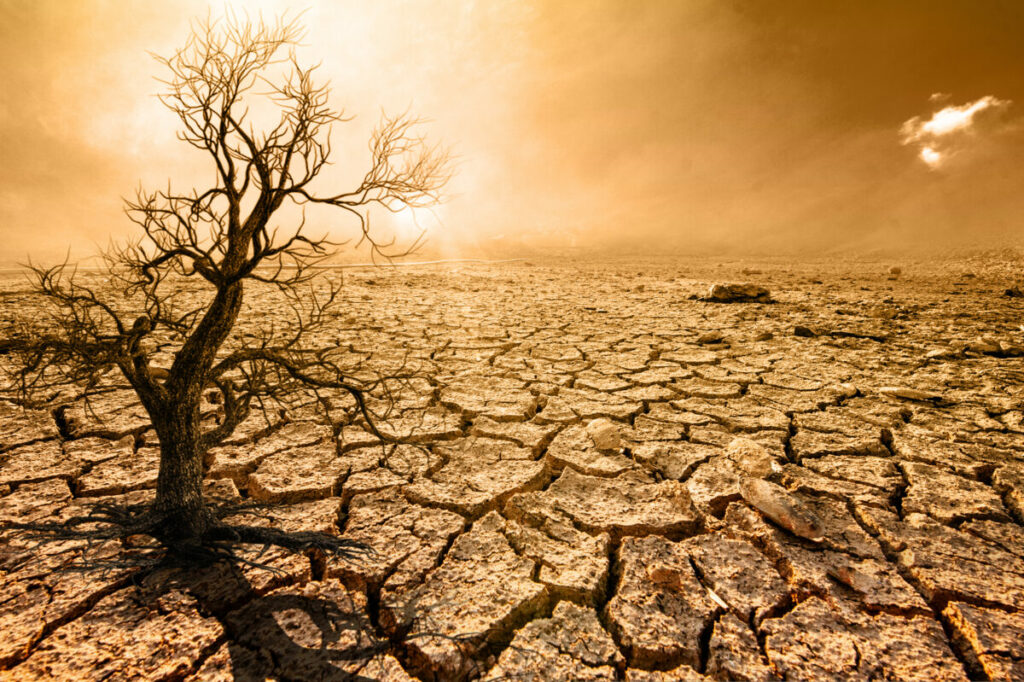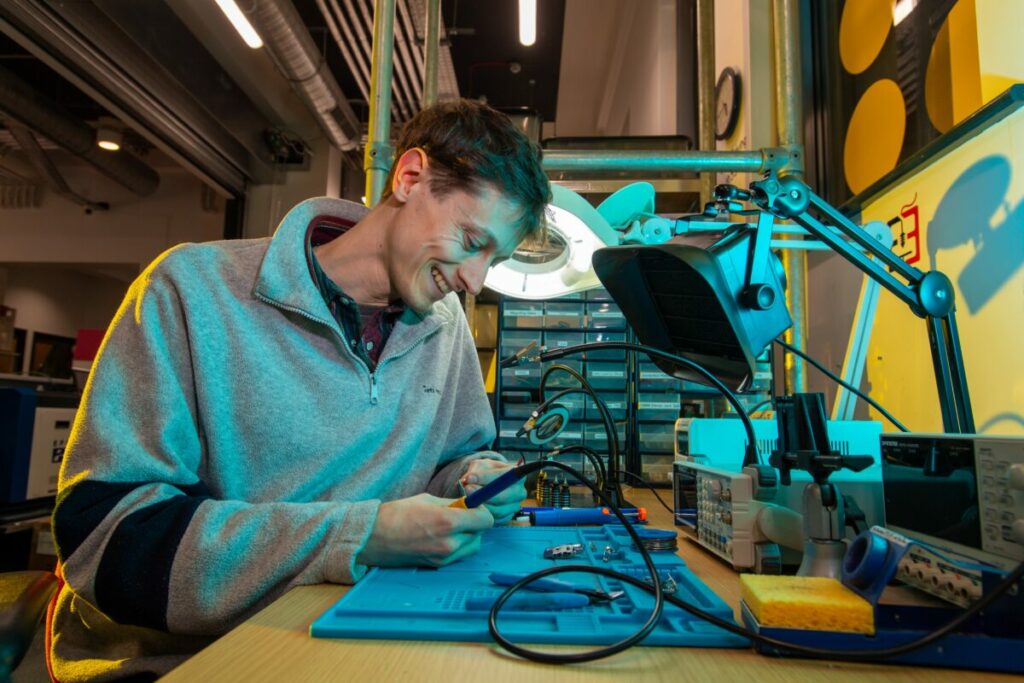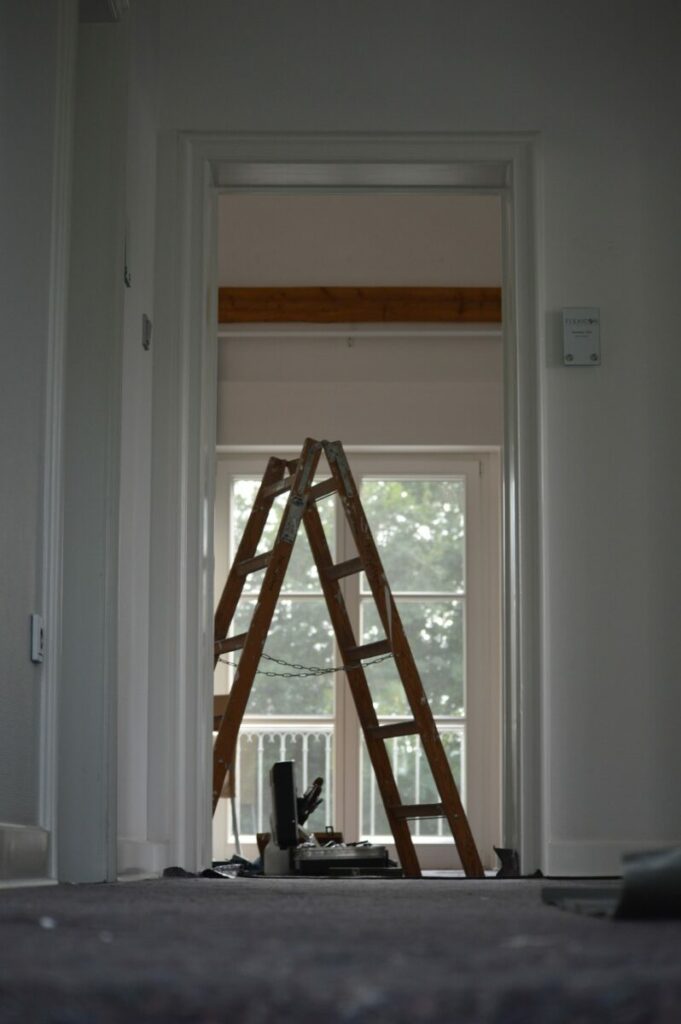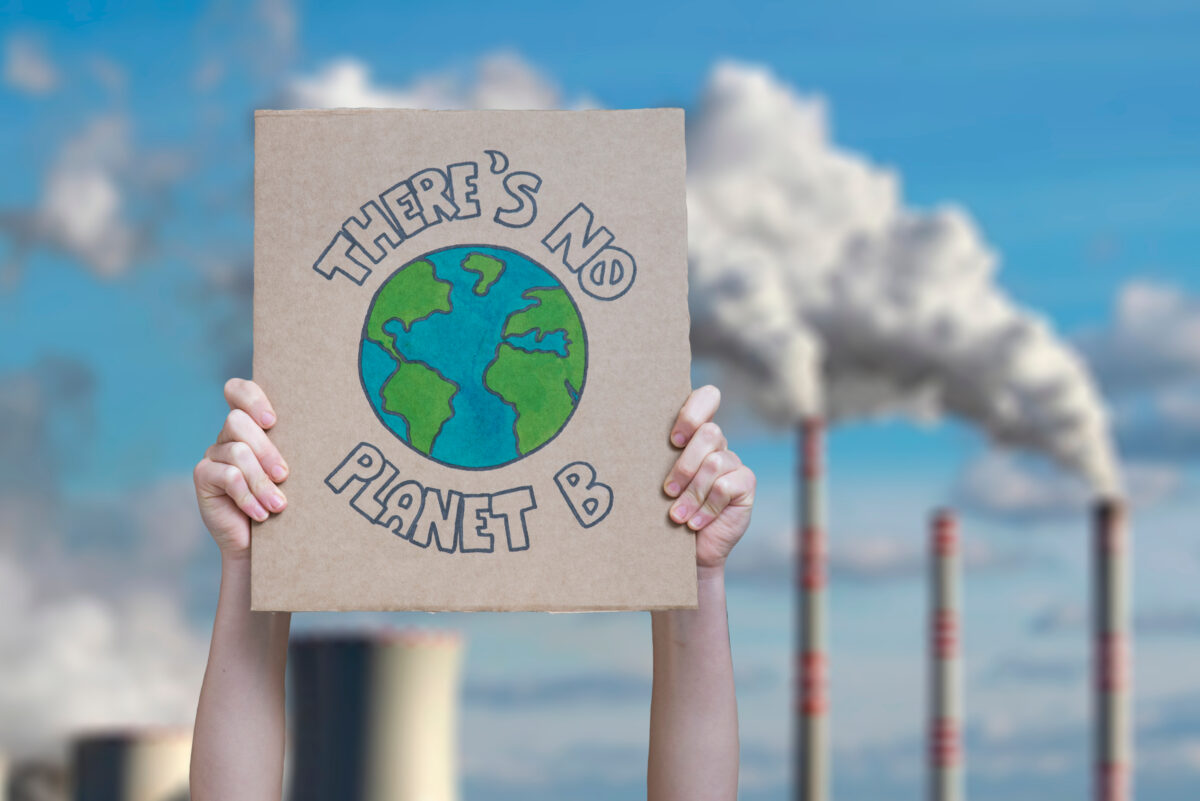Scientists have cautioned that up to half of the Amazon rainforest could hit a tipping point by 2050, due to water stress, land clearance and climate disruption.
The famous rainforest is home to more than 10% of the Earth’s terrestrial biodiversity, stores 15 to 20 years’ worth of global CO2 emissions, contributes up to 50% of rainfall in the region and is crucial for moisture supply across South America.
However, a recent study warned that the forest has surpassed a safe boundary and urged remedial action to restore degraded areas and improve the resilience of the ecosystem.
Otherwise, by 2050, 10% to 47% of Amazon rainforest will be exposed to disturbances that might trigger unexpected ecosystem-wide transitions that harm regional climate change.
The Federal University of Santa Catarina’s Bernardo Flores – who was the lead author of the study – expressed surprise at the results, as they predicted a potential shift from slow to rapid forest decline much earlier than he had expected.
He said that by 2050 the Amazon rainforest’s demise will “accelerate rapidly” and that immediate international action is the only solution because “once we pass the tipping point, we will lose control of how the system will behave”.
A local halt to deforestation would not be enough to prevent its collapse, so a global reduction in the CO2 emissions that are disrupting the climate is needed, the study suggests.
Drought, heat, fire and land clearance have put unprecedented stress on the Amazon rainforest, altering the functions of the forest by turning what was a carbon sink into a carbon emitter.
Subscribe to Sustainability Beat for free
Sign up here to get the latest sustainability news sent straight to your inbox everyday
The study included analysis of evidence for five drivers of water stress and identified critical thresholds that, if crossed, could trigger local, regional or even biome-wide forest collapse.
A solution would be to devise a safe boundary, including a buffer zone, to keep deforestation to 10% of the Amazon region while also keeping global heating within 1.5C above pre-industrial levels.
The study found 15% of the Amazon had already been cleared and another 17% had been degraded by human activity. A further 38% may be weakened as a result of the prolonged droughts over the past decade.
Data from the study projected three plausible ecosystems – a white-sand savanna, a degraded open canopy and a degraded forest – all resulting in more fire and drought, which is a bleak prospect considering that dry season temperatures are already 2C higher than they were 40 years ago in central and southern parts of the Amazon.
If these trends continue alongside others, like decreased annual rainfall, the paper stated that they will have a profound negative impact on local and regional populations.
Flores said: “The recent El Niño shows how everything is happening now faster than we think”.
“We need to address this with a very precautionary approach. We must reach net zero emissions and net zero deforestation as quickly as possible. It needs to be done now. If we lose the Amazon rainforest, it would be problematic for humanity.”


